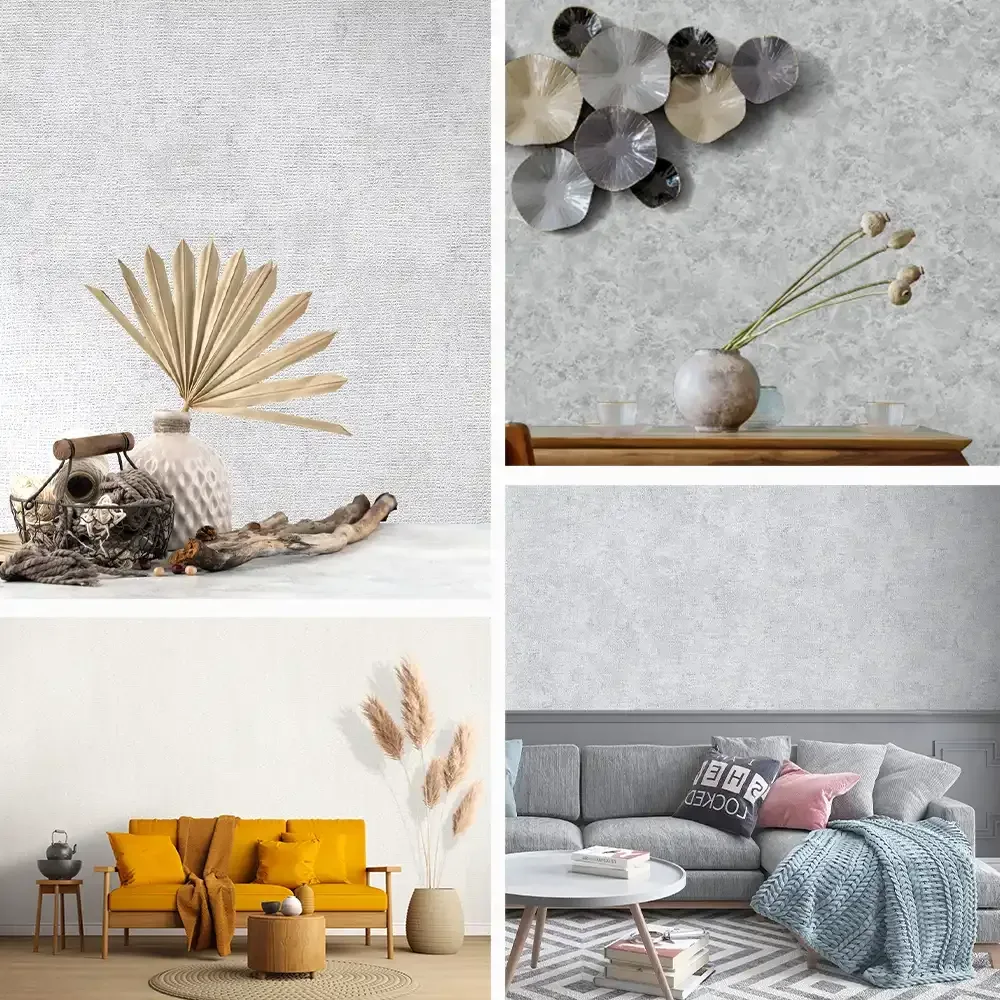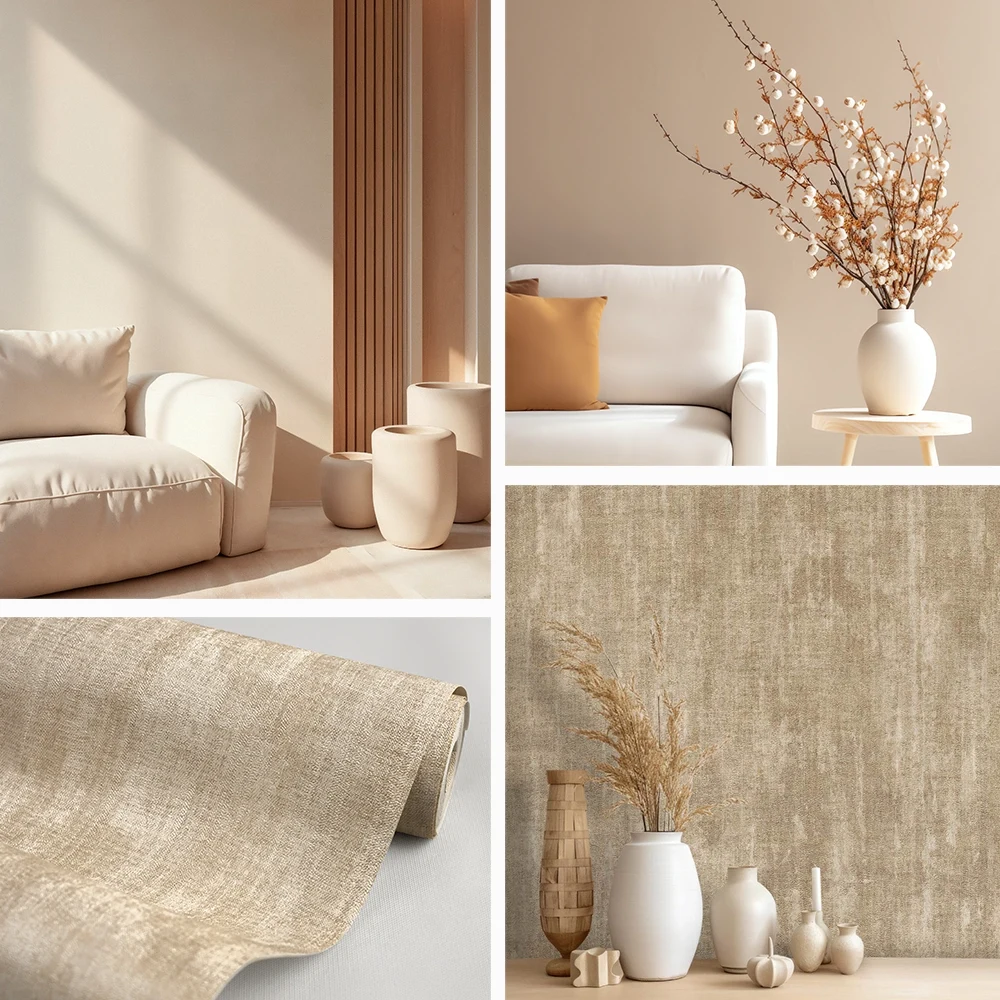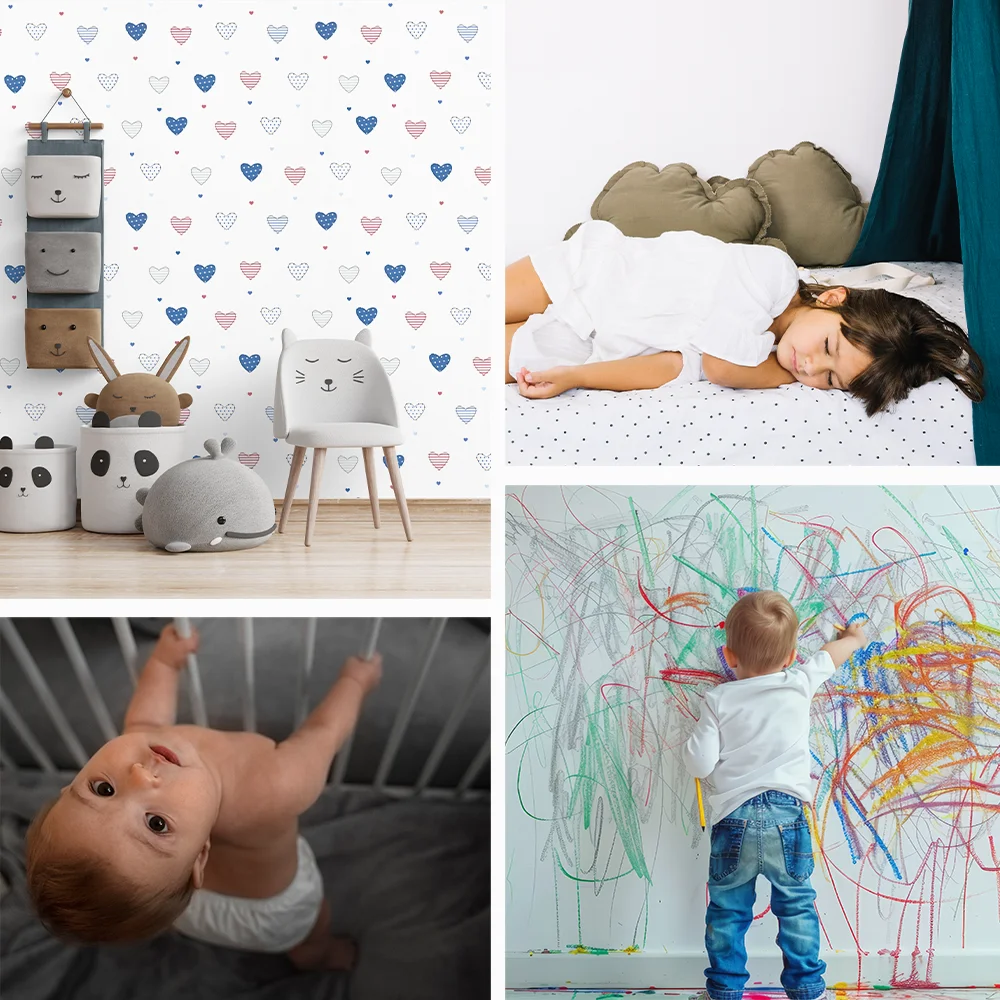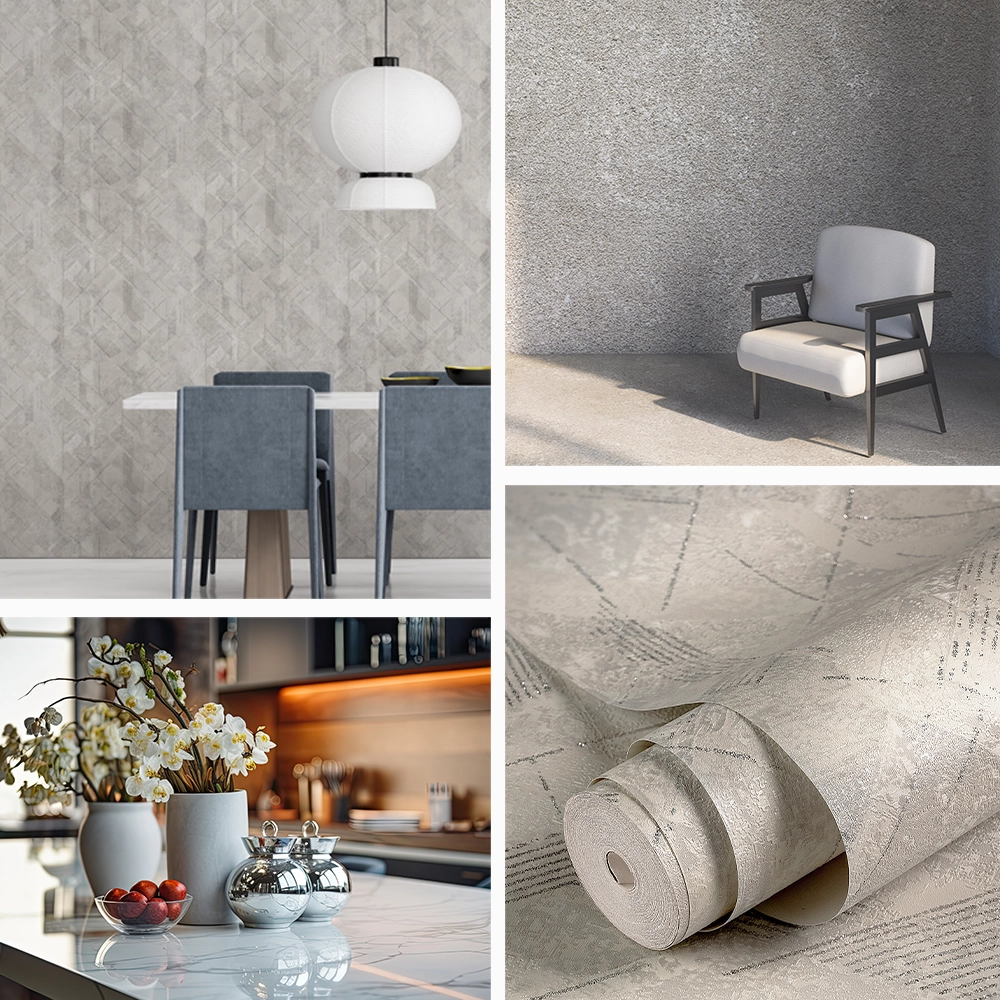Low-light and windowless homes are often among the spaces that present the greatest challenges in interior design. Insufficient lighting can sometimes make a space feel gloomy and small; however, don’t worry—you can effectively compensate for this drawback by choosing the right wallpaper for low-light homes. In the following article, we will guide you on how to transform a dimly lit home into a bright and inviting space through the proper selection of wallpaper patterns, colors, and textures.
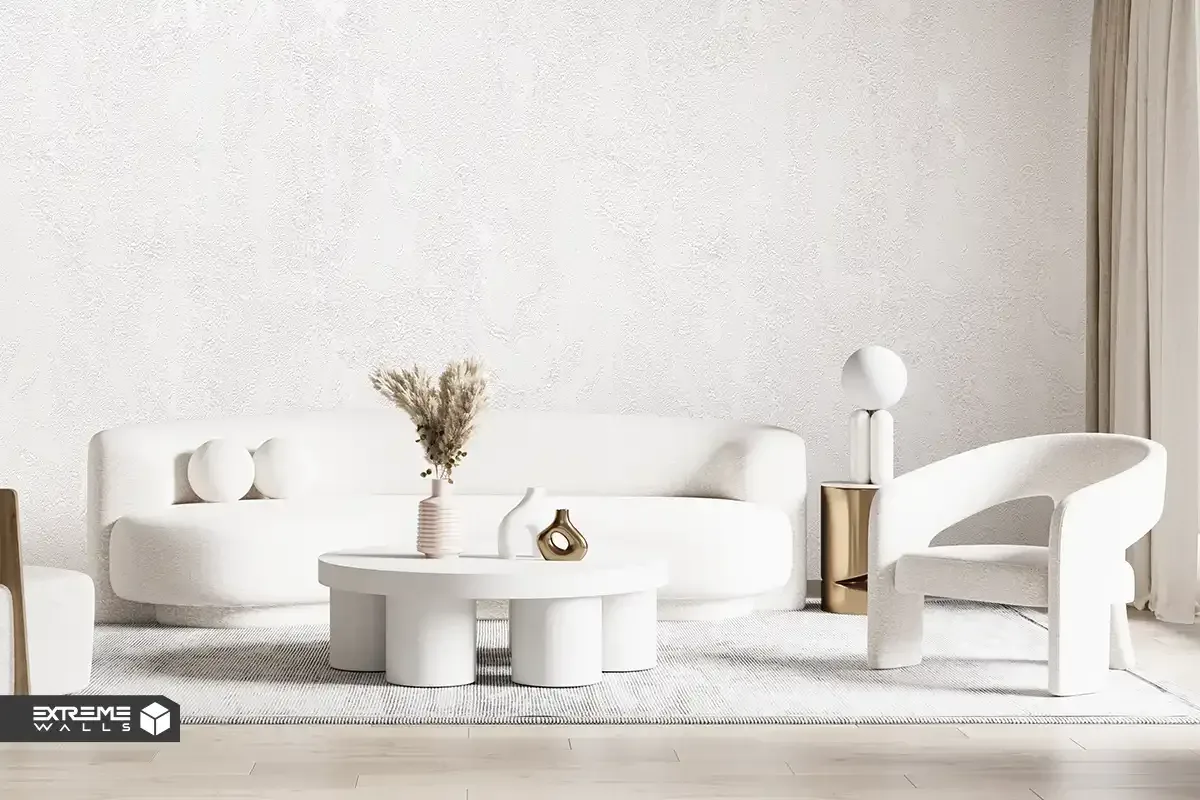
Why Is Choosing the Right Wallpaper Pattern and Color Important in Low-Light Homes?
Walls have a significant impact on the visual appearance of a space and the overall ambiance. Therefore, in low-light, windowless, or poorly lit areas, selecting wallpaper with the right pattern and color is crucial. If walls are covered with inappropriate designs or colors, the space may appear dark and gloomy. On the other hand, the right wallpaper choice can:
- Reflect or enhance the light in the environment.
- Make the space appear visually larger, more open, and airy.
- Maintain balance in the décor and create harmony and cohesion.
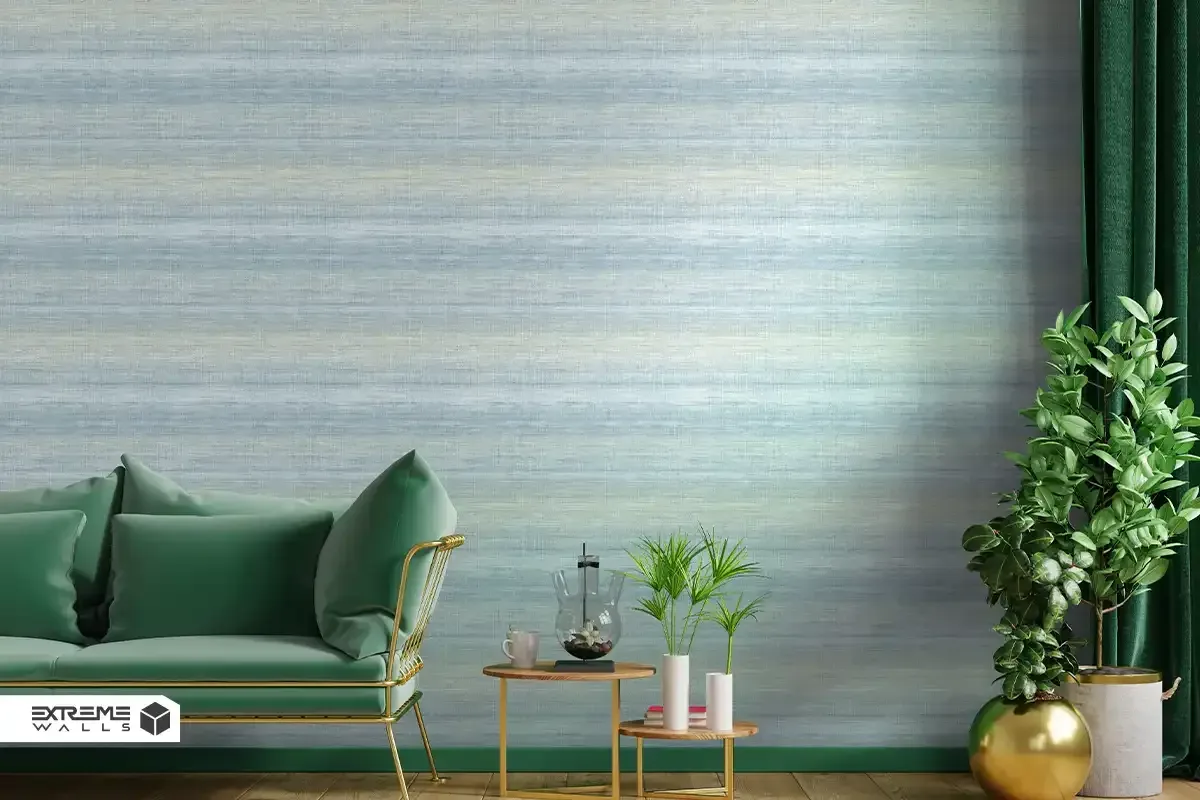
Choosing the Right Wallpaper Color for Low-Light Homes
Color is one of the most important elements in the interior design of low-light homes. Colors that reflect light can make a dark space appear brighter, more inviting, and more spacious than it actually is.
Neutral and Light-Colored Wallpapers
Wallpapers in neutral shades such as white, cream, light gray, or soft taupe, as well as wallpapers in light and gentle colors like sky blue, olive green, candy pink, pastels, and similar tones, are ideal choices for low-light homes. These colors reflect light effectively, making the space appear visually larger and brighter.
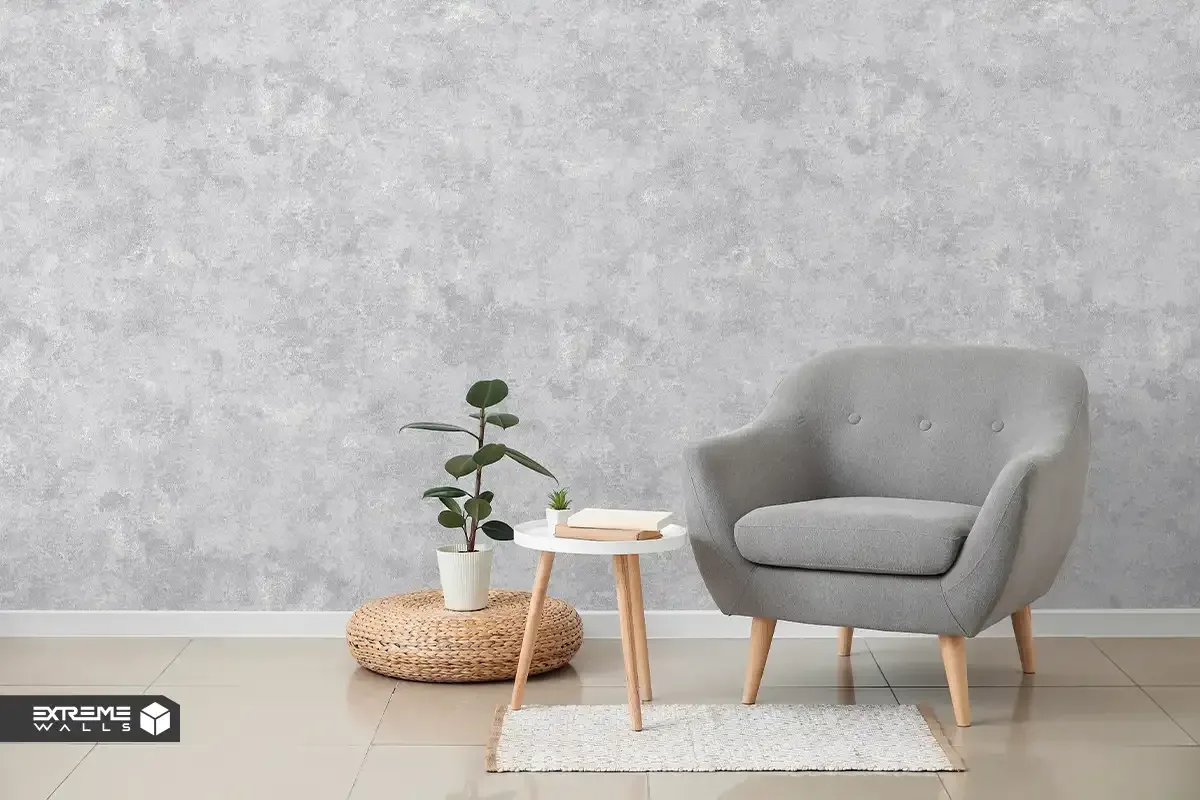
Warm-Colored Wallpapers in Soft Tones
In homes with limited natural light, choosing wallpapers in warm, soft tones can have a significant impact on creating a sense of warmth, coziness, and visual brightness. Colors such as cream, beige, light peach, pale rose, or earthy shades reflect available light more effectively and give the space a cozy and inviting atmosphere. This choice not only compensates for the lack of light but also brings a calm and comfortable ambiance to the room.
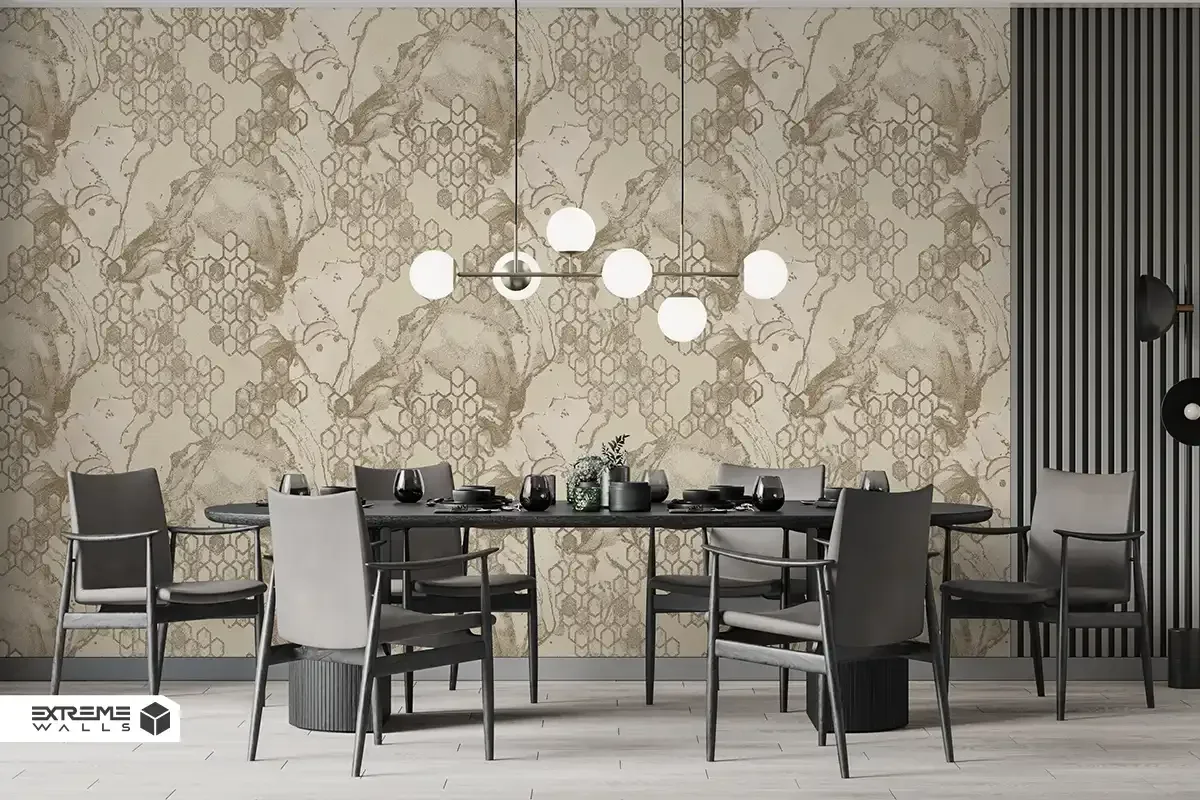
Choosing the Right Wallpaper Pattern | Plain or Patterned?
The wallpaper pattern plays an important role in the final appearance of a space. In low-light homes, you should avoid patterns that make the space feel cluttered, dark, or gloomy.
Plain Wallpapers with Minimalist Designs and Subtle Patterns
In low-light homes, using plain wallpapers with minimalist designs and subtle patterns can significantly enhance the perception of space. These types of wallpapers provide a sense of calm and simplicity without creating visual clutter. Subtle patterns such as uniform lines, thin streaks, soft textured finishes, and gentle patinas add depth and character to the walls without making the space feel heavy or dark. Minimalist wallpapers are not only modern and stylish choices but also the best option for creating a sense of spaciousness and enhancing brightness in low-light homes.
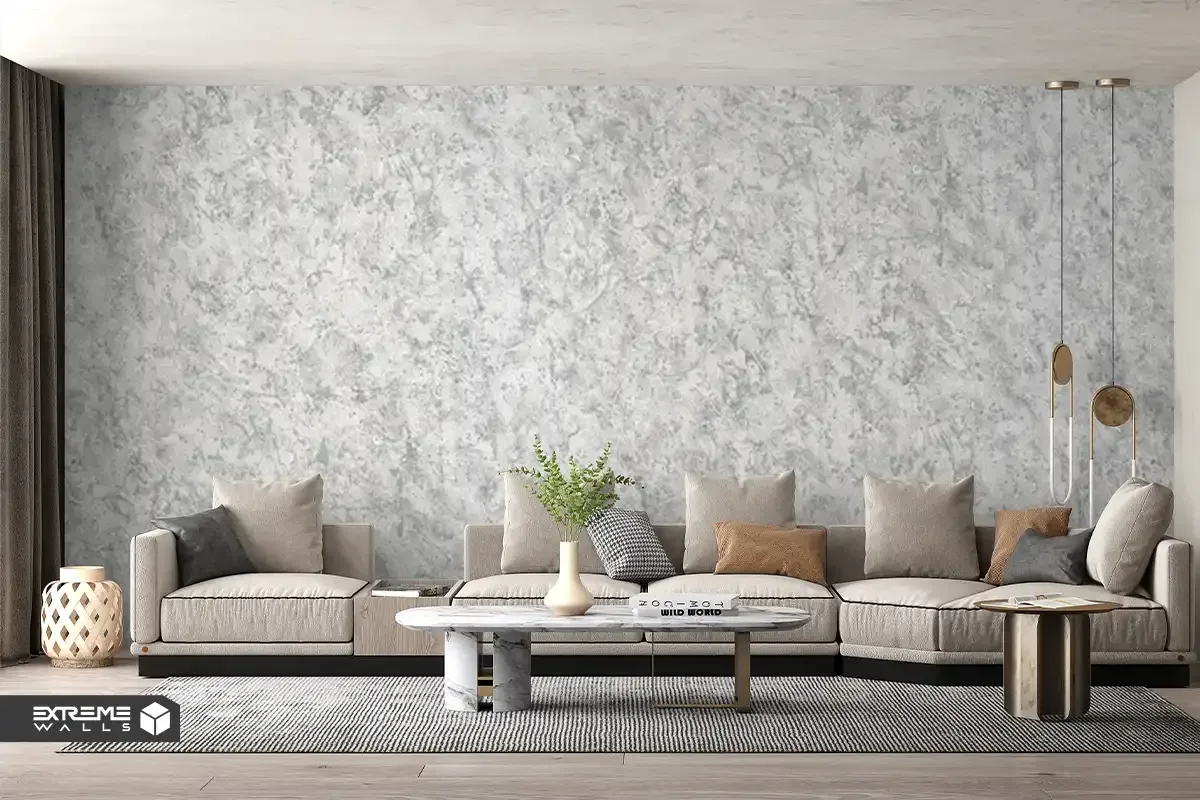
Wallpapers with Small Floral or Light Damask Patterns
If you like classic or neoclassical designs but have a home with limited natural light, opt for wallpapers with small, delicate floral patterns or damask designs in soft, neutral colors.
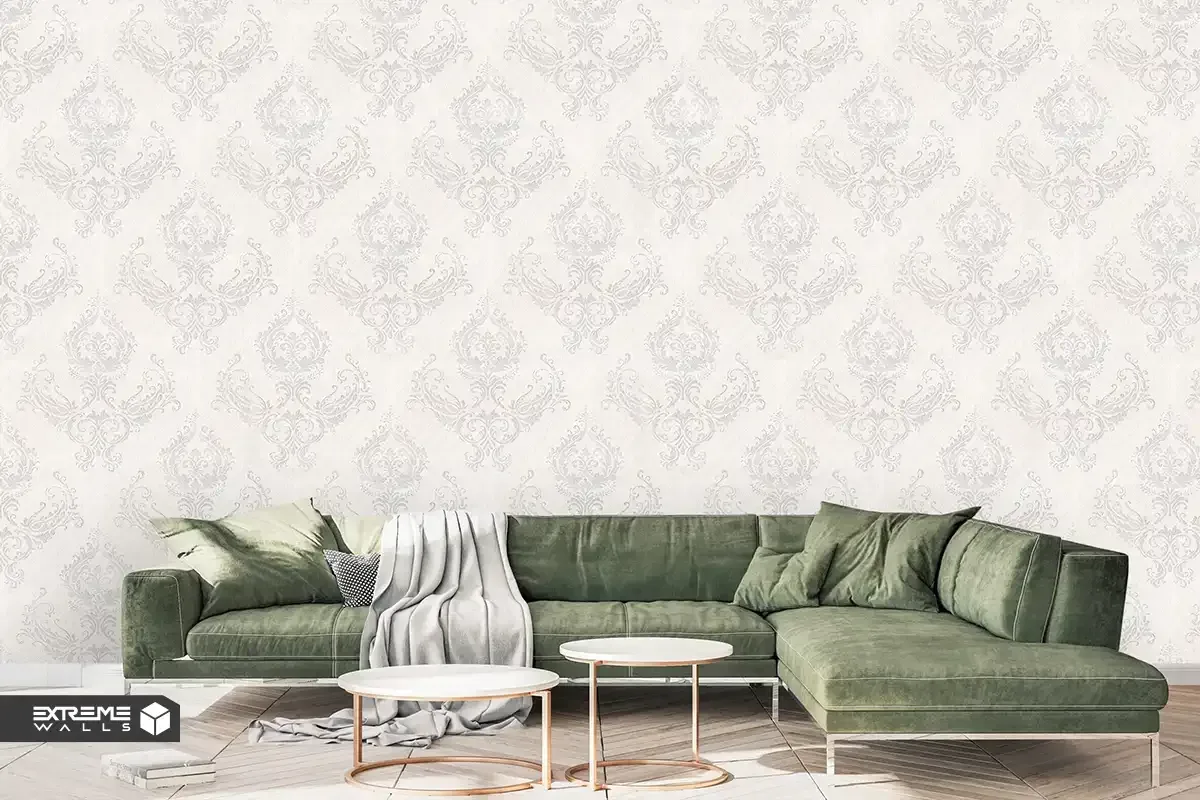
Wallpaper Texture for Reflecting Light
The texture of wallpaper plays an important role in how light is reflected. Some surfaces absorb light, while others diffuse and enhance it. For example:
- Glossy and Shiny Wallpapers: These reflect light effectively, adding a bright and visually striking effect to the space.
- Subtle and Fine Textured Wallpapers: Wallpapers with gentle textures, such as jute or linen-like finishes, not only add depth and visual dimension but also help diffuse light throughout the room.
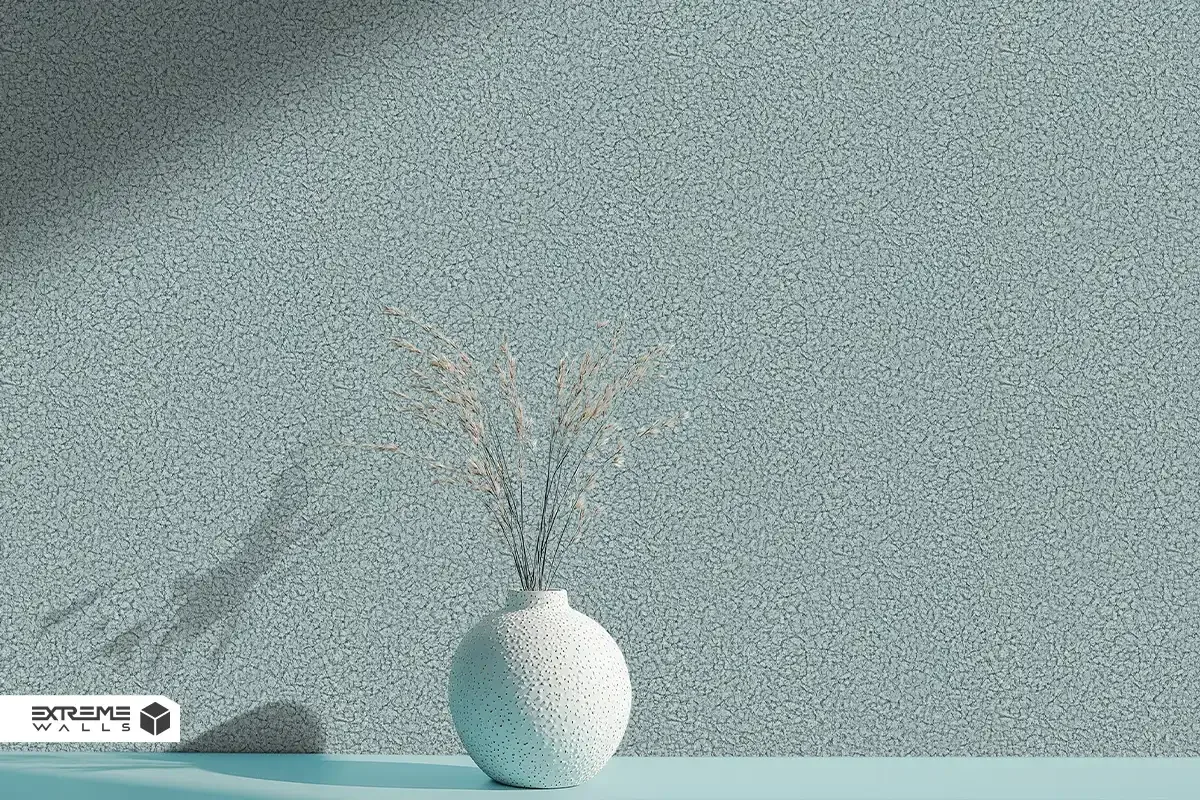
Which Wallpaper Style Is More Suitable for Low-Light Homes?
The design style of wallpaper can also influence the visual perception of light and space.
Modern and Minimalist Wallpapers: Wallpapers with minimalist designs, featuring simple lines, subtle streaks, and light colors, are the most suitable choice for dark and small spaces. Their simplicity helps enhance the lighting and openness of the room.
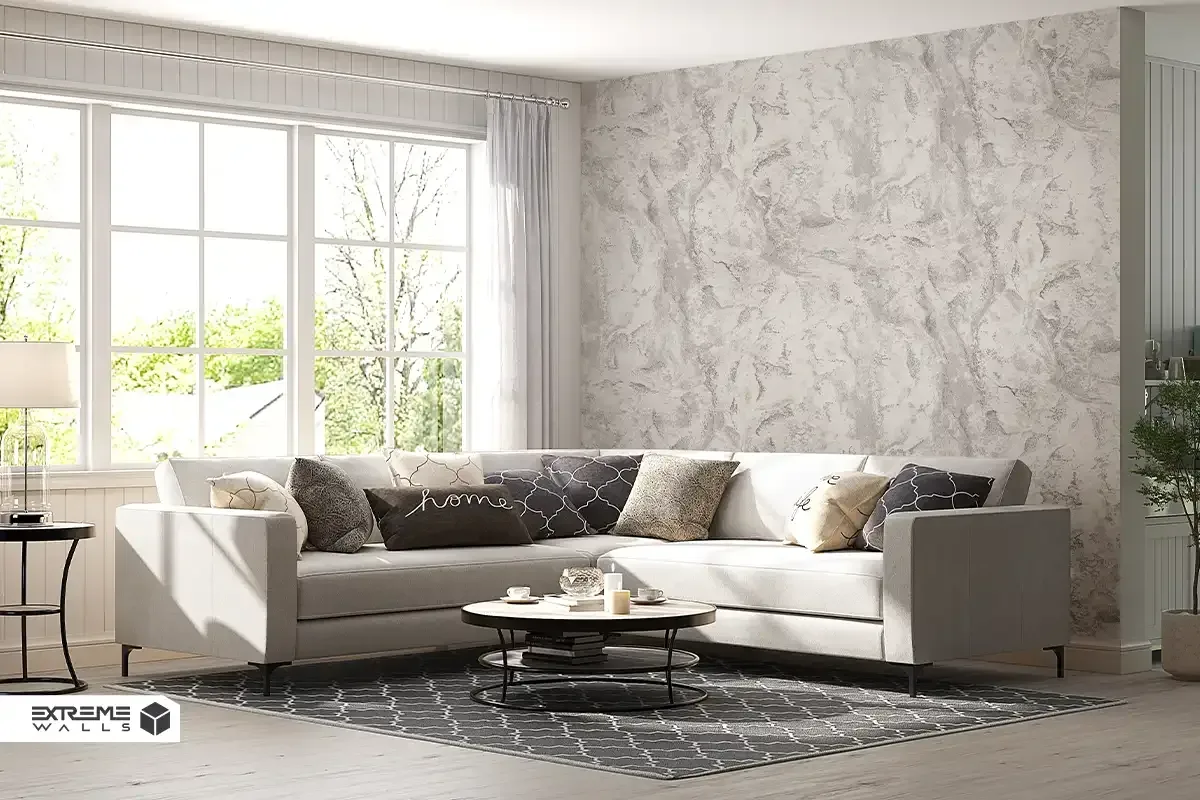
Soft Neoclassical Wallpapers: Wallpapers with classic patterns in soft and light color palettes can create a balance of elegance and simplicity in the home. Using cream or pearly gray damask designs not only adds a luxurious and sophisticated touch but also brings a sense of calm and serenity to the space.
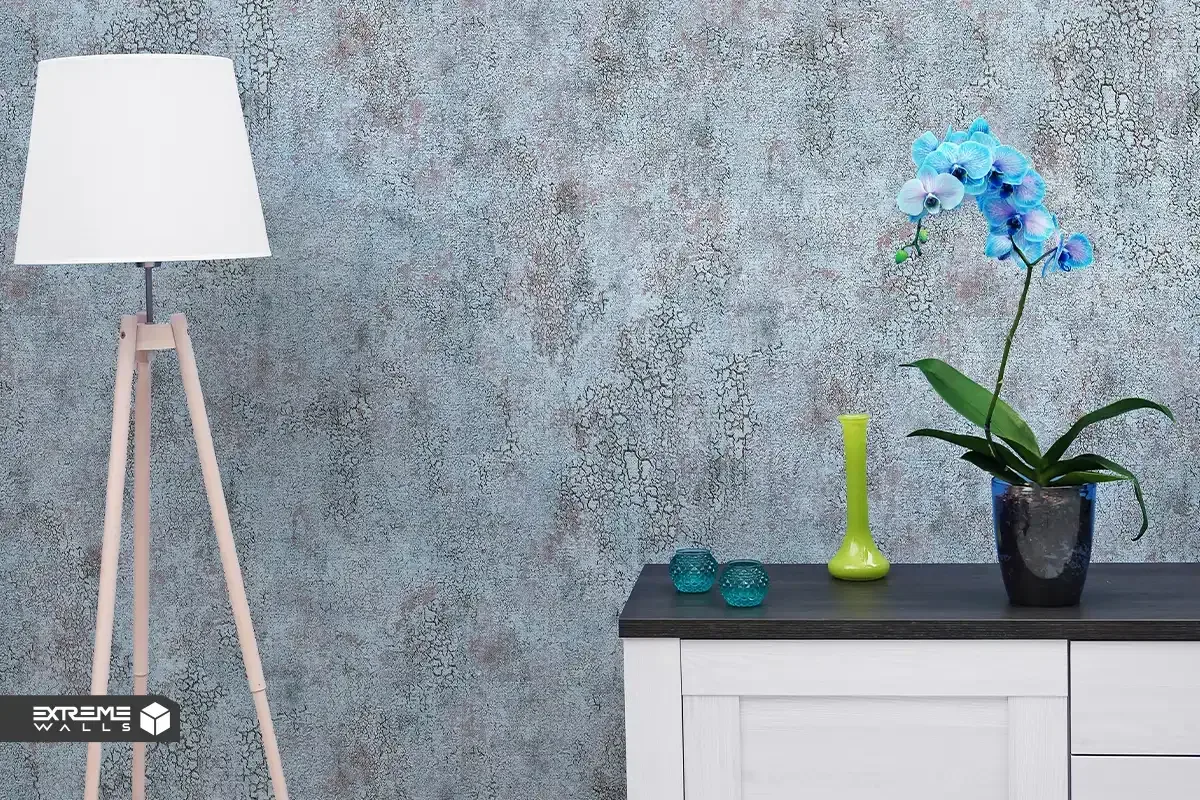
Common Mistakes When Choosing Wallpaper for Low-Light Spaces
To make better wallpaper choices for low-light homes, it’s best to avoid the following mistakes:
- Using dark-colored wallpapers, such as matte black, navy, or deep brown, in small, low-light spaces, as they make the room appear even darker.
- Choosing busy patterns or large-scale designs for small, dimly lit rooms, which can make the space feel even smaller.
- Opting for matte-finish wallpapers that do not reflect light, as they are not suitable for low-light areas.
- Failing to consider the harmony and compatibility of the wallpaper style with other elements and décor in the space before purchasing.
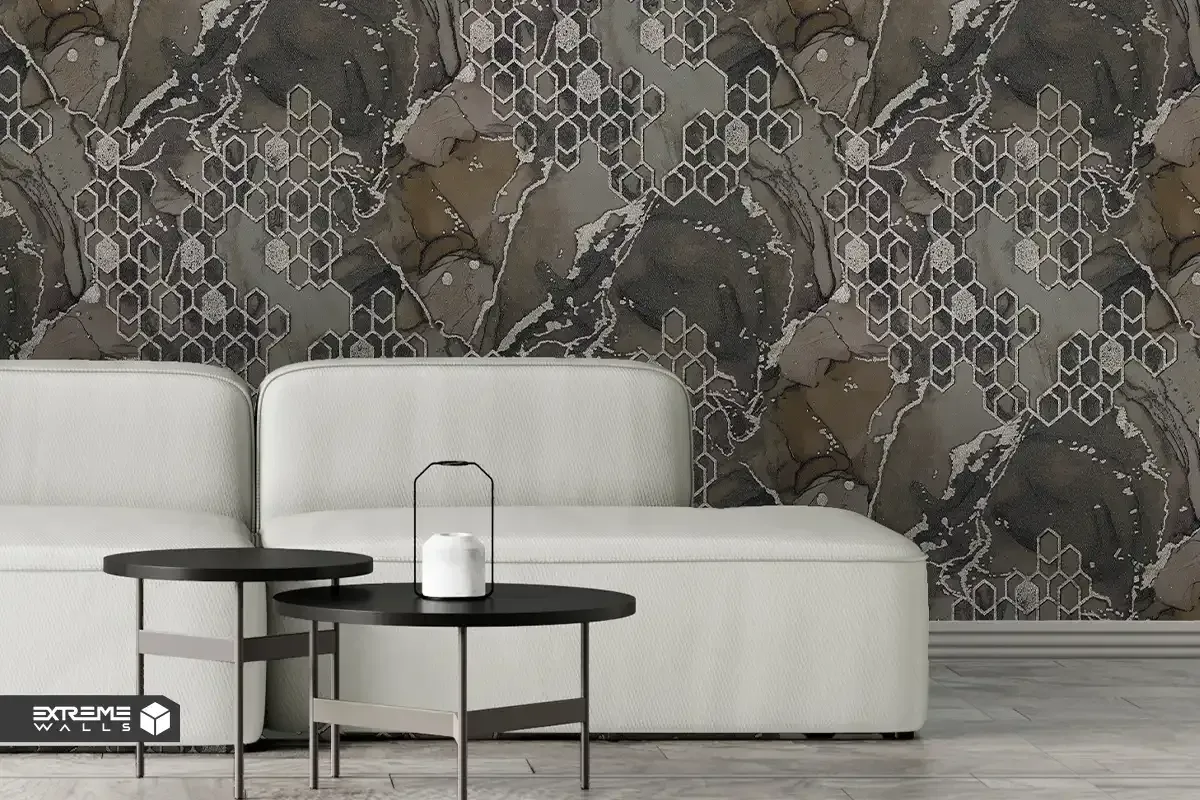
Combining Wallpaper with Other Decorative Elements
Wallpaper is just one part of interior décor; to achieve the best results in a low-light home, it should be properly coordinated and complemented with other elements. For example:
- Using Mirrors and Reflective Surfaces: Placing a mirror on a wall with light-colored wallpaper creates an excellent combination for enhancing light in the space. Glass tables, shiny metal frames, or thin, semi-transparent curtains can also complement the look.
- Smart Lighting: In low-light areas, artificial lighting is crucial. Using warm lights, concealed ceiling lighting, and decorative wall lamps that match the wallpaper style can make the space brighter and more inviting.
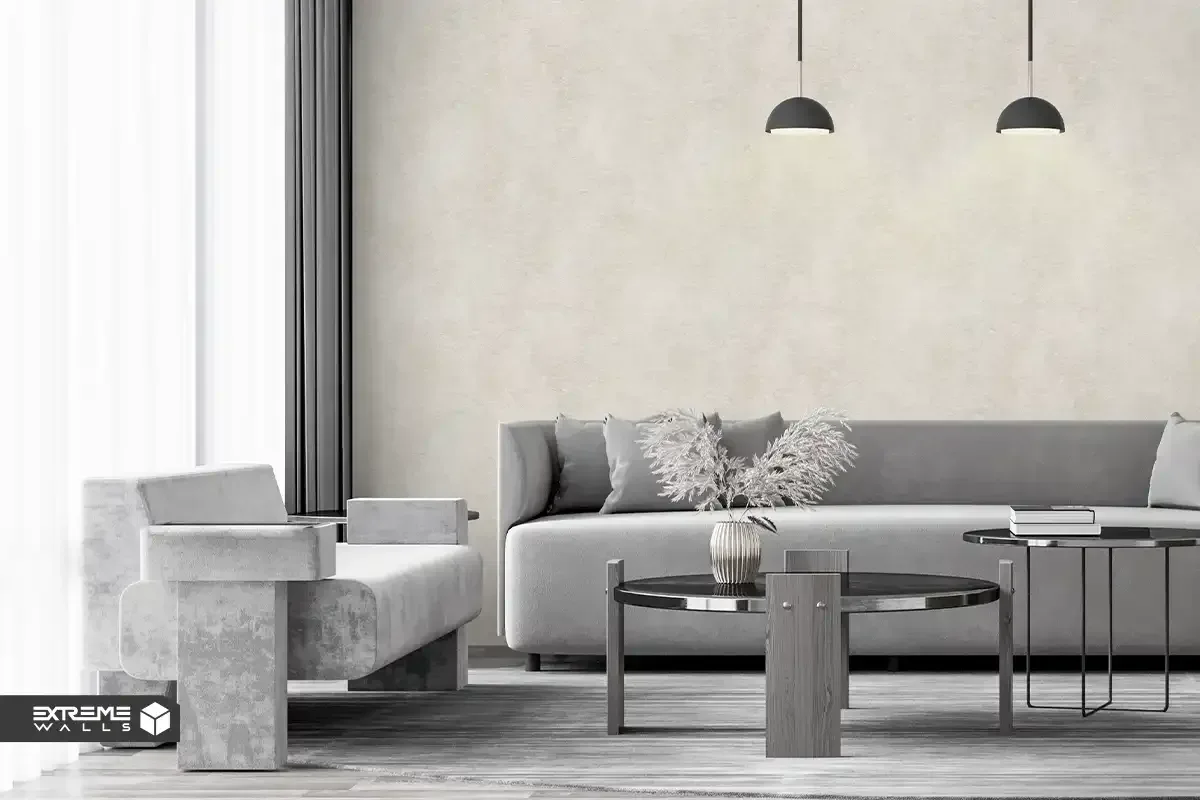
Conclusion
Low-light homes can be transformed into calm, bright, and open spaces with a smart wallpaper choice. By selecting light, soft, or neutral colors, and using simple patterns along with fine, reflective textures (such as glossy wallpapers), you can make a small or dimly lit home appear significantly larger and brighter than it actually is.
